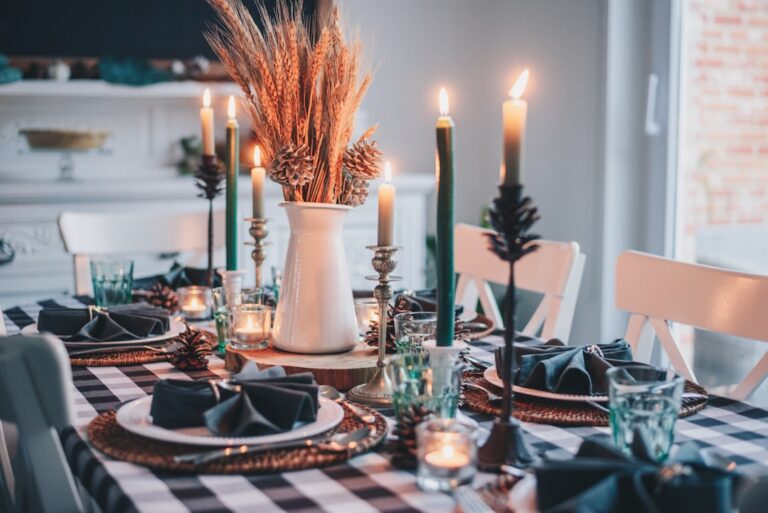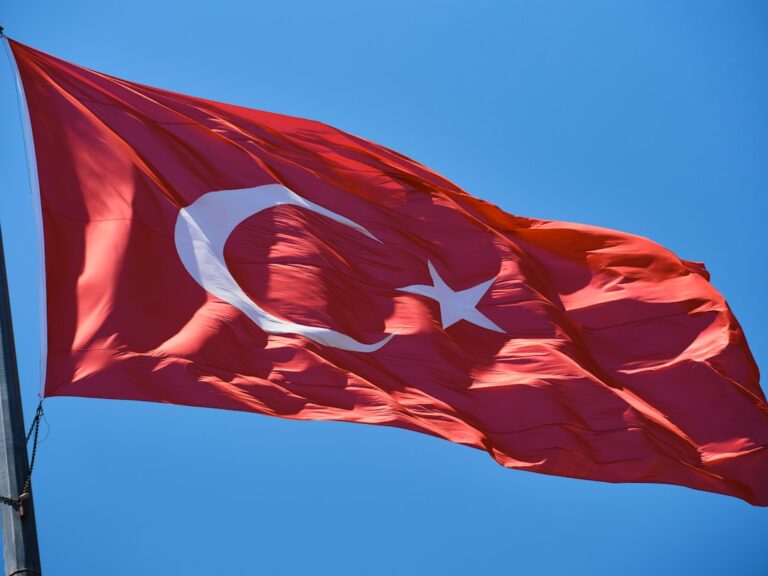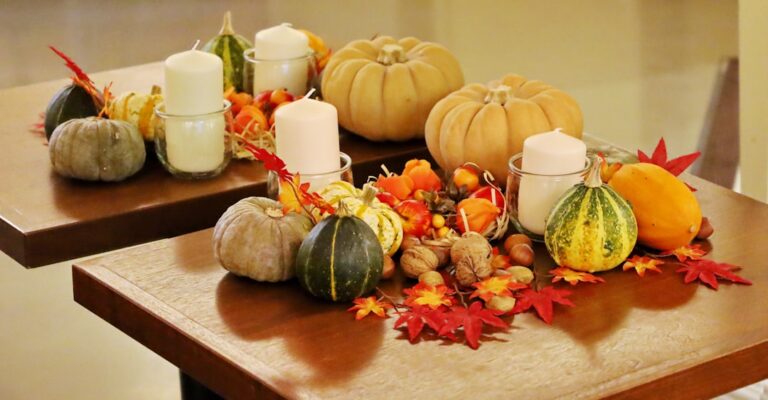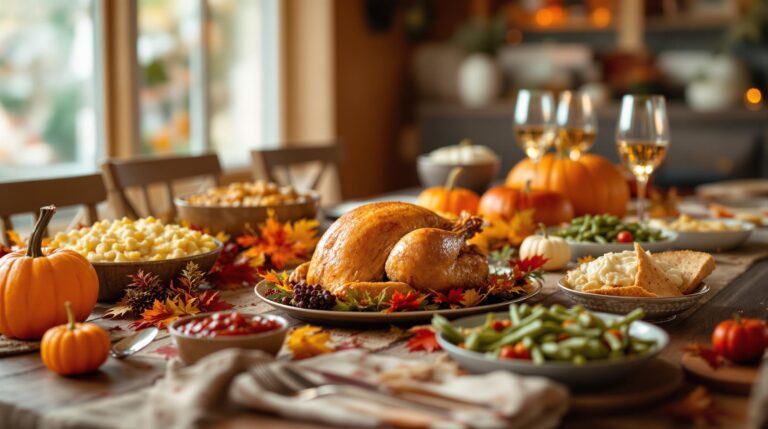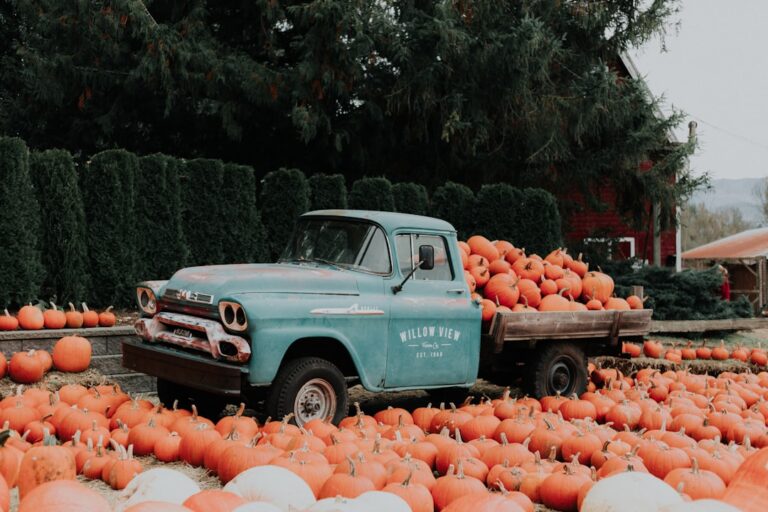A Complete Guide to Thanksgiving Trivia Thanksgiving is a beloved holiday in the US, marked by feasts, family get-togethers, and other customs. This article explores Thanksgiving’s rich history, as well as interesting facts about customary foods, well-known parades, and much more. You’re in the perfect place whether you want to learn more about this joyous occasion or want to wow your friends with trivia. When English pilgrims arrived in North America in the early 17th century, Thanksgiving got its start. If you need weekly trivia questions and handouts we’ve got you covered! Trivia Host?
Key Takeaways
- Thanksgiving originated from a 1621 harvest feast shared by the Pilgrims and Wampanoag people, but it wasn’t until 1863 that President Abraham Lincoln declared it a national holiday.
- Fun Thanksgiving food facts include the fact that the average American consumes 4,500 calories on Thanksgiving and that the first Thanksgiving likely didn’t feature turkey as the main dish.
- Famous Thanksgiving parades and traditions include the Macy’s Thanksgiving Day Parade in New York City and the tradition of pardoning a turkey by the President.
- Thanksgiving in pop culture is often depicted in movies and TV shows, with iconic scenes of family gatherings and feasts.
- Thanksgiving is celebrated in different ways around the world, with similar harvest festivals in Canada, Liberia, and Grenada.
The Wampanoag were invited to join the Pilgrims at a harvest feast in 1621 to commemorate their bountiful crop yield. Although it wasn’t known as such at the time, this event is frequently considered the first Thanksgiving. The three-day event, which featured food, games, and companionship, symbolized a time of cross-cultural collaboration. Thanksgiving developed into a national holiday over time.
President Abraham Lincoln declared the last Thursday of November to be a national day of “Thanksgiving and Praise to our beneficent Father who dwelleth in the Heavens” in 1863. This proclamation sought to bring the Civil War-torn country together. Thanksgiving’s position in American culture was cemented in 1941 when Congress formally declared it to be the fourth Thursday in November. Turkey, stuffing, & pumpkin pie are probably the first things that spring to mind when you think of Thanksgiving. The Pilgrims probably ate venison, poultry, & seafood during their first Thanksgiving celebration, according to historical accounts, so you may be surprised to learn that turkey wasn’t always the main course.
Turkey gained popularity later on because of its availability and size, which made it a great option for feeding big crowds. Americans eat about 46 million turkeys every Thanksgiving, which is another fascinating fact. This incredible figure demonstrates how important this bird is to holiday customs. Cranberry sauce is also now a common dish on many Thanksgiving tables.
Curiously, Native Americans utilized cranberries for a variety of purposes long before European settlers did. They were utilized not only as food but also for textile dyeing & medical purposes. Among the most recognizable Thanksgiving customs is New York City’s Macy’s Thanksgiving Day Parade.
This parade, which was first held in 1924, includes Broadway show performances, floats, and enormous balloons. The event has grown to be a popular one, drawing millions of viewers on television & in person. As a joyous beginning to the holiday season, the parade highlights the spirit of celebration and community. Many families also have their own distinctive customs in addition to parades. While some might volunteer at nearby shelters or play friendly football, others might get together around the table to express their gratitude.
Although these customs differ greatly from one household to the next, they all center around thankfulness and community. Thanks to a number of movies and TV series, Thanksgiving has influenced popular culture. A Charlie Brown Thanksgiving and “Planes, Trains, and Automobiles” are two iconic films that perfectly capture the spirit of the holiday: humor, family dynamics, and touching moments. In addition to highlighting the chaos that can occur during family get-togethers, these movies frequently stress the value of love & connection.
Thanksgiving episodes that appeal to viewers are also regularly featured on television programs. In shows like “Friends” and “The Simpsons,” family get-togethers & the stress of cooking the ideal meal are frequently humorously depicted. These representations offer entertainment that many people anticipate each year while also reflecting Thanksgiving-related social norms.
While Thanksgiving is mostly observed in the US and Canada, harvest festivals are observed in other nations as well. To express gratitude for the harvest, for example, Germany celebrates Erntedankfest in September or October. Similarly, November 23rd is celebrated in Japan as Kinrō Kansha no Hi, a day to express gratitude for food and to honor labor. These international holidays may have different traditions and cuisines, but they all center around the idea of community cohesion and thankfulness for abundant harvests. Examining these global customs can help us gain a more comprehensive understanding of the ways that different cultures express gratitude.
For a lot of Americans, Thanksgiving Day is associated with sports, especially football. This day has been a beloved tradition for football fans nationwide since the National Football League (NFL) began hosting games on it in 1934. After savoring their holiday meals, families frequently assemble in front of their TVs to watch these games. In addition to professional football, local turkey trots are enjoyable runs that are held in many communities to motivate people to exercise before enjoying their meals. During the holiday season, these gatherings encourage community spirit & wellness.
Setting the tone for Thanksgiving festivities requires the use of music. At their get-togethers, a lot of families like to listen to timeless tunes that bring back fond memories. Music adds to the joyous occasion, whether it be through traditional hymns of thanksgiving or modern tunes honoring family and unity.
In addition, a number of musicians have put out songs with Thanksgiving themes over the years. For example, Arlo Guthrie’s “Alice’s Restaurant” is a humorous tale of a Thanksgiving dinner gone wrong. Because of their catchy melodies and relatable themes, these songs frequently strike a chord with listeners. Throughout history, Thanksgiving has served as the inspiration for innumerable literary and artistic creations. Through their writings, authors such as Sarah Josepha Hale were instrumental in promoting the holiday.
As a result of Hale’s tenacious support for a national Thanksgiving, Lincoln issued the proclamation in 1863. Thanksgiving is frequently portrayed in art with an emphasis on themes of thankfulness and plenty. Visual reminders of the significance of the holiday can be found in paintings that depict abundant harvests or family get-togethers around a table. These works of art perfectly convey the spirit of Thanksgiving and its significance in American society. Beyond its Pilgrim origins, Thanksgiving has a significant place in American history.
The holiday has changed over time to reflect shifts in society and significant historical occurrences. Thanksgiving, for example, helped to raise spirits among both soldiers & civilians during World Wars I and II. Several presidents have also taken advantage of Thanksgiving to speak to the country about significant issues. In order to extend the holiday shopping season during the Great Depression, Franklin D. Roosevelt famously moved Thanksgiving up one week in 1939.
The public’s response to this decision was not entirely positive. Numerous U. S. Thanksgiving customs have been observed by presidents throughout history.
The presidential turkey pardon, which started in 1947 when President Harry Truman decided not to serve a turkey at dinner, is one noteworthy custom. Since then, the White House has made this humorous ceremony a yearly occasion. An additional intriguing fact is that President George H.
W… In 1989, Bush urged people to give back to their communities during Thanksgiving by establishing it as a national day of service. These programs demonstrate the ways in which presidents have utilized this holiday to encourage harmony and service. Thanksgiving makes people think about how it affects America’s Indigenous peoples. It is important to recognize the holiday’s complicated history involving Native American communities, even though many people observe it as a time of thankfulness.
The first Thanksgiving was not just a peaceful get-together; Indigenous populations were greatly impacted by colonization at the time. To honor their ancestors & bring attention to past injustices experienced by Native communities, many Indigenous peoples observe a National Day of Mourning on Thanksgiving Day. An important reminder of the necessity of intercultural understanding & reconciliation is provided by this observance. — To sum up, Thanksgiving is more than just a day for feasting; it has a rich history, a wide range of customs, and a universal cultural significance.
By learning more about these many facets—from its origins to how it is portrayed in popular culture—you can develop a greater understanding of this well-loved holiday & share interesting facts with loved ones while celebrating.
Looking for more engaging trivia questions to spice up your bar trivia nights? Check out this Thanksgiving Bible Trivia article with 15 questions to celebrate faith and tradition. It’s a great way to add a spiritual element to your Thanksgiving-themed trivia night.
GRAB YOUR FREE HOLIDAY TRIVIA PACKS
FAQs
What is the origin of Thanksgiving?
Thanksgiving is a national holiday in the United States and Canada that originated as a harvest festival. It is often associated with the Pilgrims and the Wampanoag people in the 17th century.
What is the traditional food served on Thanksgiving?
Traditional Thanksgiving foods include roast turkey, stuffing, mashed potatoes, cranberry sauce, and pumpkin pie.
What is the significance of the turkey on Thanksgiving?
The turkey has become a symbol of Thanksgiving because it was a staple food for the Pilgrims and Native Americans during the first Thanksgiving feast.
What is the date of Thanksgiving in the United States?
In the United States, Thanksgiving is celebrated on the fourth Thursday of November. In Canada, it is celebrated on the second Monday in October.
What are some popular Thanksgiving traditions?
Some popular Thanksgiving traditions include watching parades, playing football, and expressing gratitude by sharing what they are thankful for.
What is the history of Thanksgiving trivia games?
Thanksgiving trivia games have become a popular way to entertain and engage people during the holiday season, especially at bar trivia nights. These games often include questions about the history of Thanksgiving, traditional foods, and cultural customs associated with the holiday.

